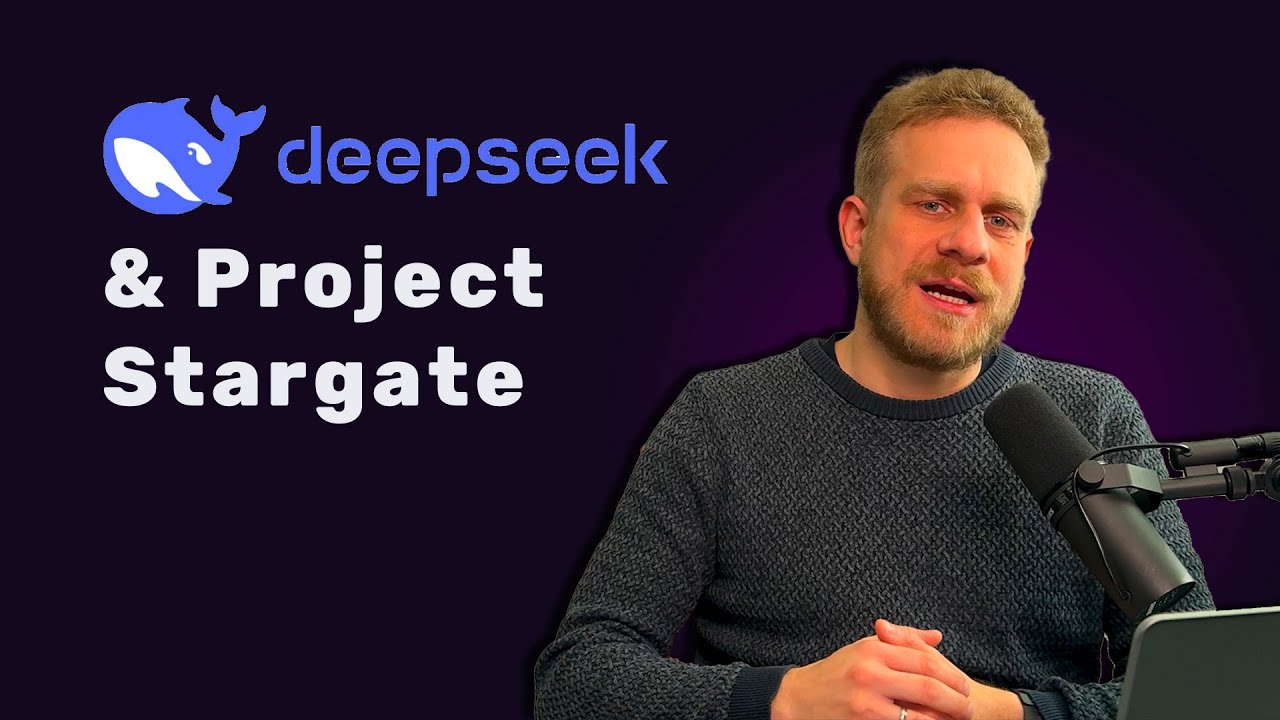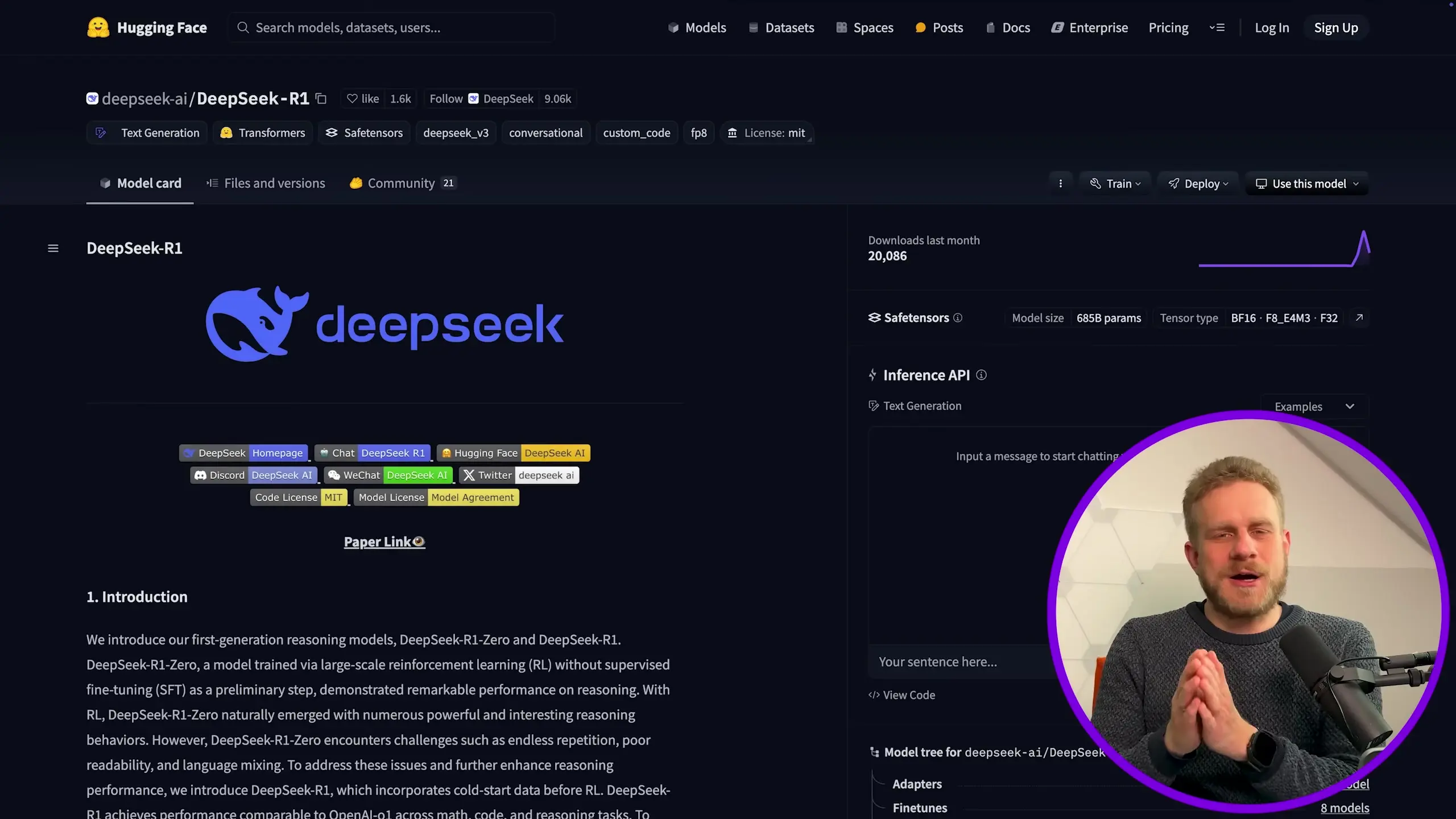
The landscape of artificial intelligence is evolving at a breathtaking pace, with significant developments occurring almost monthly. In late December, OpenAI announced their most capable AI model to date, GPT-4o (o3), showcasing record-breaking benchmark numbers that demonstrated impressive capabilities. However, this advancement came with a notable caveat: the model is extraordinarily expensive to run, potentially costing hundreds of thousands or even millions of dollars to solve complex tasks.
Project Stargate: A $500 Billion Investment in AI Infrastructure
In response to the enormous computational costs associated with developing and running advanced AI models, a new initiative called Project Stargate has emerged. This joint venture between SoftBank, OpenAI, Oracle, and MGX plans to invest approximately $500 billion over the next four years to build the necessary infrastructure for next-generation AI systems.
While not publicly funded, Project Stargate appears to align with U.S. government interests, emphasizing its potential to 'secure American leadership in AI' and create 'hundreds of thousands of American jobs.' The project intends to construct extensive data centers and potentially nuclear power plants in Texas to support the energy-intensive requirements of advanced AI model training and operation.
The Disruption: Deep Seek R1 Changes the Economic Equation
Just as the narrative of 'AI development requires massive investment' was solidifying, Deep Seek, a Chinese AI company, released Deep Seek R1—a model comparable to OpenAI's GPT-4 (o1) in capability but with a revolutionary cost structure. Deep Seek R1 is reportedly up to 96% cheaper to use than OpenAI's model through their API, representing a dramatic shift in the economics of advanced AI.
What makes Deep Seek R1 even more significant is that it's an open-source model, unlike OpenAI's proprietary systems. This development introduces genuine competition and alternative options for developers and businesses looking to implement AI capabilities without being locked into a single provider's ecosystem.

Balancing Innovation with Limitations
It's worth noting that Deep Seek R1, like all AI models, comes with its own limitations. Reports suggest it exhibits certain forms of censorship, particularly when asked questions that might be sensitive to the Chinese government. However, similar criticisms have been leveled at Western models, which can display their own biases in responses to certain topics.
The emergence of more capable, less expensive, and open-source models represents a significant step toward democratizing access to advanced AI capabilities. This trend could accelerate innovation across various industries while potentially mitigating some of the risks associated with concentrated control of AI technology.
What About Your Job? Addressing the Existential Risks from AI Development
As these AI models become increasingly sophisticated, many professionals—particularly in knowledge work fields—are concerned about the potential impact on their careers. Will these technologies render human skills obsolete within a few years?
Historical perspective offers some reassurance. Throughout human history, technological breakthroughs have consistently increased productivity and created new, often better jobs rather than simply eliminating work. Additionally, significant technological transitions never happen overnight, despite sometimes appearing that way in retrospect.

It's also important to recognize that current AI models, despite their impressive capabilities, still have significant limitations. They lack many of the complex reasoning abilities and contextual understanding that humans possess naturally. Being human involves more than pattern recognition and information processing—it encompasses creativity, empathy, moral reasoning, and numerous other qualities that AI has yet to meaningfully replicate.
Strategic Adaptation: Opportunities in the Age of Advanced AI
Rather than viewing these developments with trepidation, professionals can adopt strategic approaches to thrive alongside increasingly capable AI systems:
- Embrace AI tools to enhance your productivity and capabilities
- Explore business opportunities that leverage these new technologies
- For developers, focus on mastering advanced concepts that go beyond what AI can easily generate
- Develop expertise in areas where human judgment, creativity, and contextual understanding remain essential
- Position yourself to bridge the knowledge gap between basic AI-assisted development and complex system architecture

Assessing the Risks and Benefits of AI in Business Development
For businesses, the rapid advancement of AI technologies presents both significant opportunities and potential risks that must be carefully managed:
- Competitive advantage: Early adopters of cost-effective, powerful AI models may gain significant advantages in efficiency and innovation
- Operational risks: Implementing AI without proper governance can lead to unintended consequences, including biased outputs or security vulnerabilities
- Strategic dependency: Businesses must consider the implications of building critical processes around specific AI technologies or providers
- Talent transformation: Organizations need strategies to help employees adapt to changing skill requirements as AI capabilities evolve
- Ethical considerations: Companies must develop frameworks to ensure responsible use of increasingly powerful AI systems
The Path Forward: Responsible AI Development
As we navigate this period of rapid AI advancement, both individual professionals and organizations should focus on responsible adaptation rather than either uncritical enthusiasm or paralyzing fear. The most likely outcome is not a sudden displacement of human workers but rather a gradual transformation of work, with new opportunities emerging alongside changing skill requirements.
The increasing accessibility of powerful AI models through open-source projects and more cost-effective implementations may actually reduce some of the risks associated with concentrated control of this technology. By democratizing access to AI capabilities, we potentially create a more balanced ecosystem where innovation can flourish across a broader range of participants.
For developers and technology professionals, the key to thriving in this environment lies in continuous learning, focusing on high-value skills that complement rather than compete with AI capabilities, and maintaining perspective about both the remarkable abilities and persistent limitations of these systems.
Conclusion: Embracing the AI Future with Balanced Perspective
The AI landscape continues to evolve at a remarkable pace, with new models like Deep Seek R1 challenging established paradigms about the economics and accessibility of advanced capabilities. While these developments raise legitimate questions about potential risks associated with the use and development of generative AI, historical patterns suggest that technological advancement typically creates more opportunities than it eliminates.
By approaching these changes with a balanced perspective—neither dismissing legitimate concerns nor succumbing to exaggerated fears—we can work toward harnessing the benefits of AI while thoughtfully addressing its challenges. The most productive response for most professionals is to engage with these technologies, understand their capabilities and limitations, and focus on developing complementary skills that will remain valuable in an increasingly AI-augmented world.
Let's Watch!
AI Development Race: Risks and Opportunities in the Era of Advanced Models
Ready to enhance your neural network?
Access our quantum knowledge cores and upgrade your programming abilities.
Initialize Training Sequence